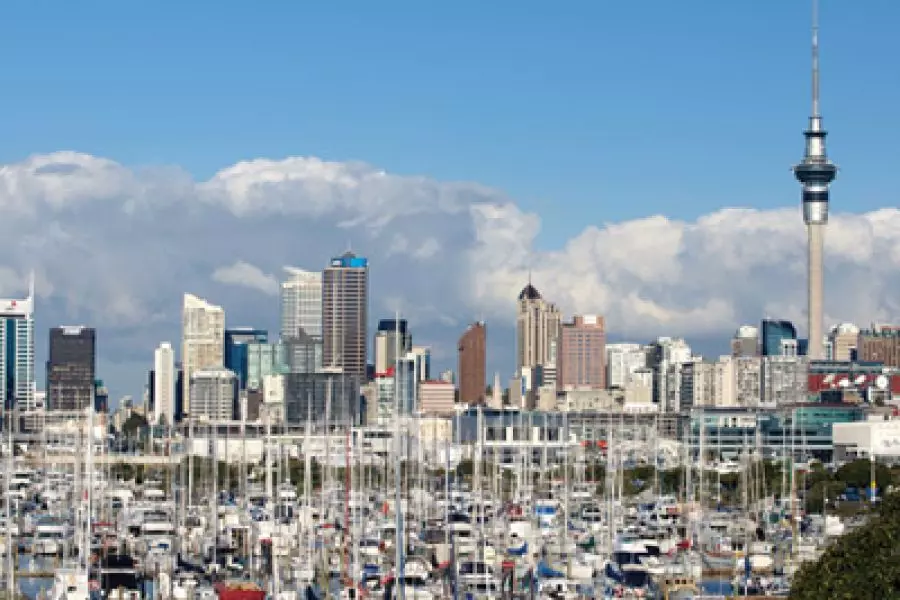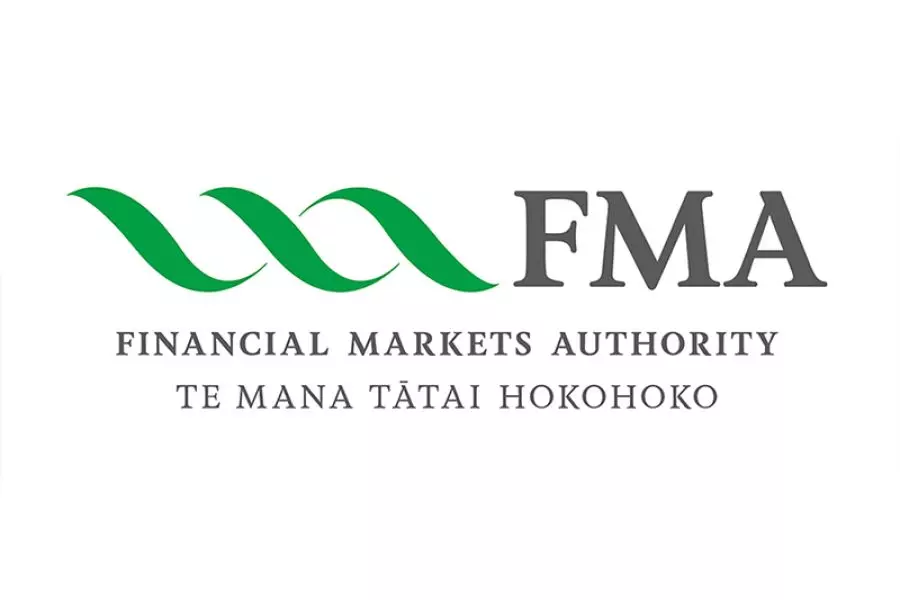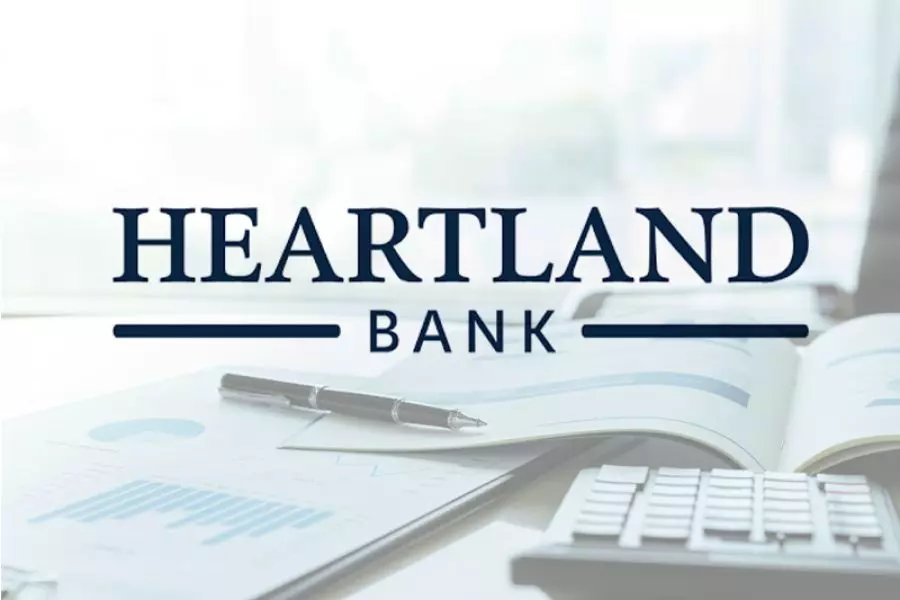News
Auckland market hotspots

Monday 15th of February 2016
Barfoot & Thompson’s latest list of Auckland’s top 20 growth suburbs shows the median price in Auckland Central – which is made up almost entirely of apartments – increased by 106.6% over the last 18 months.
The agency compiled the list by comparing median sale prices for the six months between August 2015 and January 2016 with the same period the previous ye...
Want to read the full article?
Click the button below to subscribe and will have unlimited access to full article and all other articles on the site.









![[The Wrap] Bye Bye Bayly](https://goodreturns.publit.io/file/c_fill,w_900,h_600/39f23ac1-f7c7-4854-b700-a150004ebbac.webp)